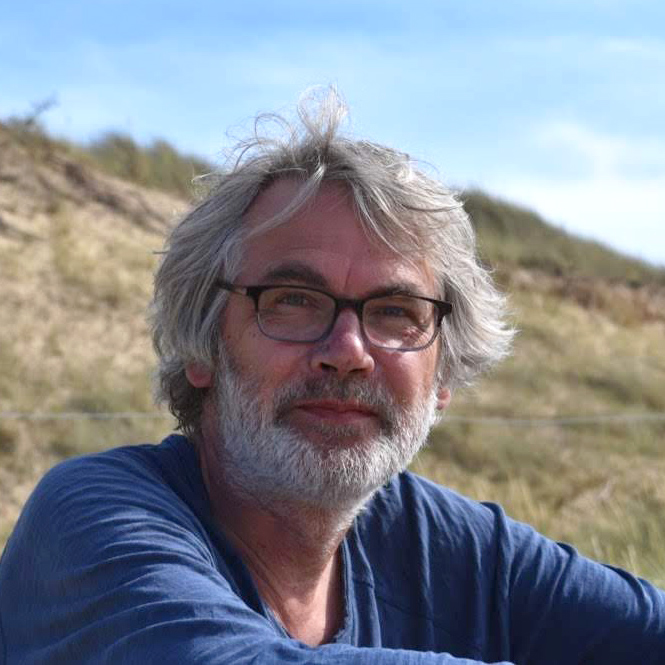Below is a summary of the abstract you submitted. Presenting author(s) is shown in bold.
If any changes need to be made, you can modify the abstract or change the authors.
You can also download a .docx version of this abstract.
If there are any problems, please email Dan at dar78@pitt.edu and he'll take care of them!
This abstract was last modified on March 15, 2021 at 7:25 p.m..

Inteins, also known as protein introns, are self-splicing intervening sequences similar to introns. In contrast to introns, inteins are retained in the messenger RNA and self-splice at the protein-level after or during translation. All inteins possess a protein domain that catalyzes self-splicing; in addition, most inteins harbor a homing endonuclease domain. The homing endonuclease makes a double-strand cut in an uninvaded allele, and during repair of the cleaved allele, the intein is copied into the previously uninvaded allele. The portion of the protein that remains after the intein has removed itself is called extein.
Phages (including actinophages in clusters A1, E, GD, and a singleton) often contain inteins in their terminase. About half of the terminases in cluster E and about 10% of the terminases in cluster A1 were found to be invaded by inteins.
The evolutionary histories of terminases and their inteins for cluster A1, E, and GD were reconstructed from their nucleotide and amino acid sequences. Phylogenetic trees, calculated for inteins and exteins separately, clearly revealed the frequent transfer of the terminase inteins between divergent phages within the A1 and E clusters. In particular, phages from the same geographical location (e.g., South Africa) that were divergent in the extein phylogeny (i.e., they grouped intermingled with terminases from other geographical regions), contained inteins that formed a well-supported clade, suggesting a recent local spread of the intein.
In the case of five phages isolated in the Auckland region, all five phages contain a terminase intein. At first sight, this could be interpreted as an intein invasion of the ancestral phage followed by vertical inheritance of the intein; however, while the extein sequences are divergent (31 polymorphic nucleotide sites), the intein sequences are identical, revealing that the terminase genes were only very recently invaded by the intein.
The role of inteins in evolution remains under debate. Are inteins selfish genetic elements (molecular parasites) that are selected for their ability to invade previously uninvaded genes, or have these elements been housebroken and now (also) fulfill a function beneficial to the host? In the latter case, one expects inteins to be inherited vertically because they provide a benefit to the organisms/phage carrying the intein. For example, it had been suggested that the intein’s homing endonuclease might be beneficial to the phage because it would destroy the genome of a coinfecting phage that had not been invaded by the intein. Our analyses show that inteins undergo frequent horizontal gene transfer and that a possible benefit to the phage from possessing the terminase intein has not resulted in a predominance of vertical inheritance. Our data also suggest that spread of inteins is more local than the spread of phages.

